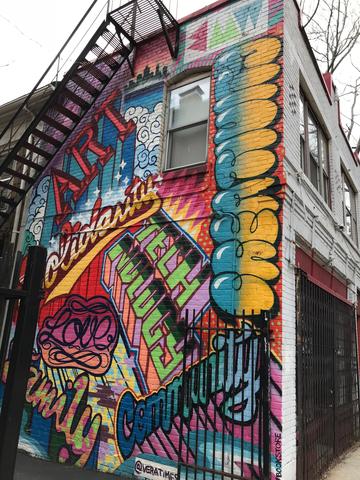Course structure (VMMA)
MSc or MPhil Visual, Material and Museum Anthropology (VMMA): course structure

Photo credit: Elizabeth Hallam
A structured programme of lectures, classes, and tutorials runs from October to June in the first year, common to both the MSc and the MPhil, followed by individual study and the writing of a dissertation over the summer (MSc) or thesis preparation over the summer and thesis writing in the second year (MPhil). In addition to courses on the VMMA programme, and research seminars, students also attend lectures in social anthropology; so students are able to situate their studies within wide contemporary directions in anthropological work.
Each student has a supervisor for the duration of their degree, to advise on their studies. In addition, all students have tutorials and/or classes with all of the core VMMA teaching team, encouraging all students to engage with current research in each area of expertise.
In the MSc and first year of the MPhil there are four papers:
PAPER 1. CONTEMPORARY THEMES IN VISUAL, MATERIAL, and MUSEUM ANTHROPOLOGY
This paper focuses on core themes and debates in VMMA, including anthropological research on art and aesthetics; bodies and materials; colonialism, collecting and display; consumption and the lives of ‘things’; digital formations; historical and contemporary museum practices and relationships; film, photography, and forms of visual representation; tradition, modernity and authenticity; transnational cultural flows and the wider issues of cross-cultural investigation. Assessment of this paper is one essay of no more than 5,000 words.
PAPER 2. OPTION PAPER
Students chose an option (MSc), or two options (MPhil) from a wide range offered within the School of Anthropology and Museum Ethnography. These include courses taught by members of the VMMA teaching team on art and anthropology, film, and material anthropology; and courses with specific areas of geographical focus (e.g. Africa, Japan, South America, South Asia, and Africa) as well as courses on current anthropological themes (e.g. sensory experience, and environment). The list of available options in the School varies from year to year.
PAPER 3. RESEARCH METHODS IN VISUAL, MATERIAL ANTHROPOLOGY AND MUSEUM ETHNOGRAPHY
This paper consists of two parts:
- Paper 3a - an outline research proposal
- Paper 3b - a methods portfolio consisting of a report (including notes) on the trial of a research method in visual, material and/or museum anthropology. The word limit is 2,500 words for each part.
For Paper 3 students are introduced to a range of current and innovative research methods relevant to visual, material, and museum anthropology, during two terms of methods classes. These include often hands-on, practice based methods, for example working with museum collections, photographs, sketching, film, and using digital research materials.
PAPER 4. FUNDAMENTAL CONCEPTS IN VMMA
This paper draws together key concepts, theories, themes and debates in visual, material, and museum anthropology. Assessment for this paper by two 2,500-word essays from a choice of questions.
Dissertations
MSc students have the three months over the summer to research and write a 10,000 word dissertation for submission in August. Those students who stay on for the second year of the MPhil do not write the MSc dissertation but spend the summer conducting preliminary research, and then over the second year of the degree they write a 30,000 word thesis.
MPhil
In the second year MPhil students also write another examined essay during the year, and take another option paper, again selected from any of the options offered by the School of Anthropology and Museum Ethnography.


